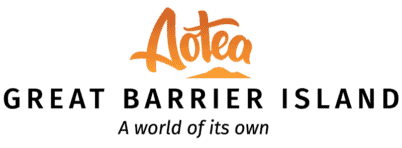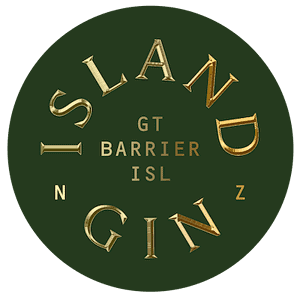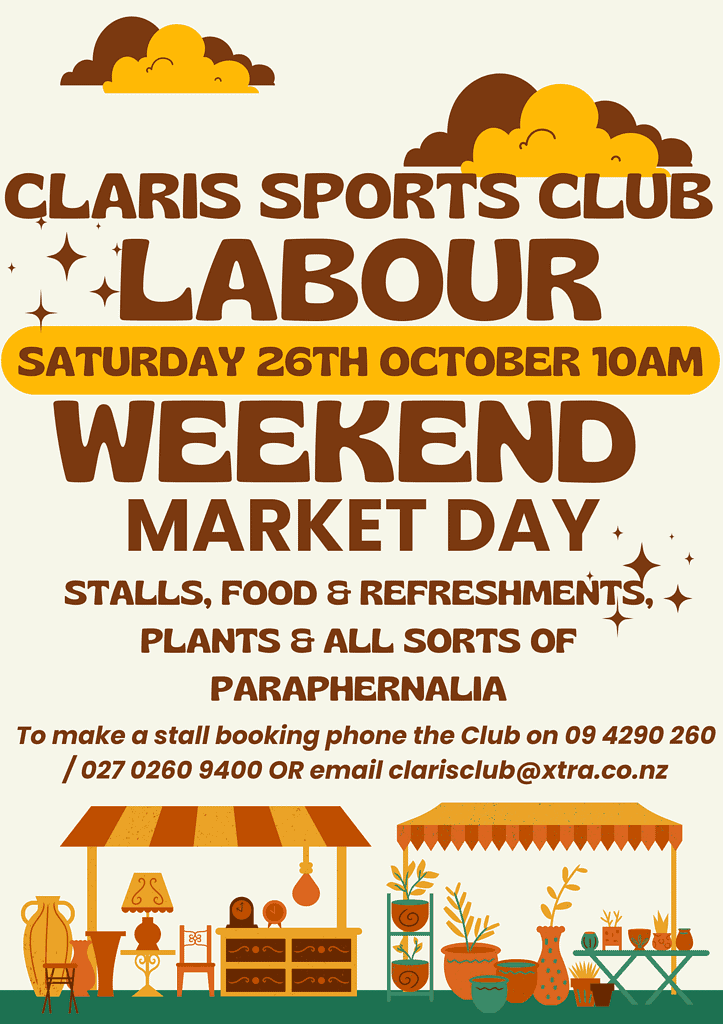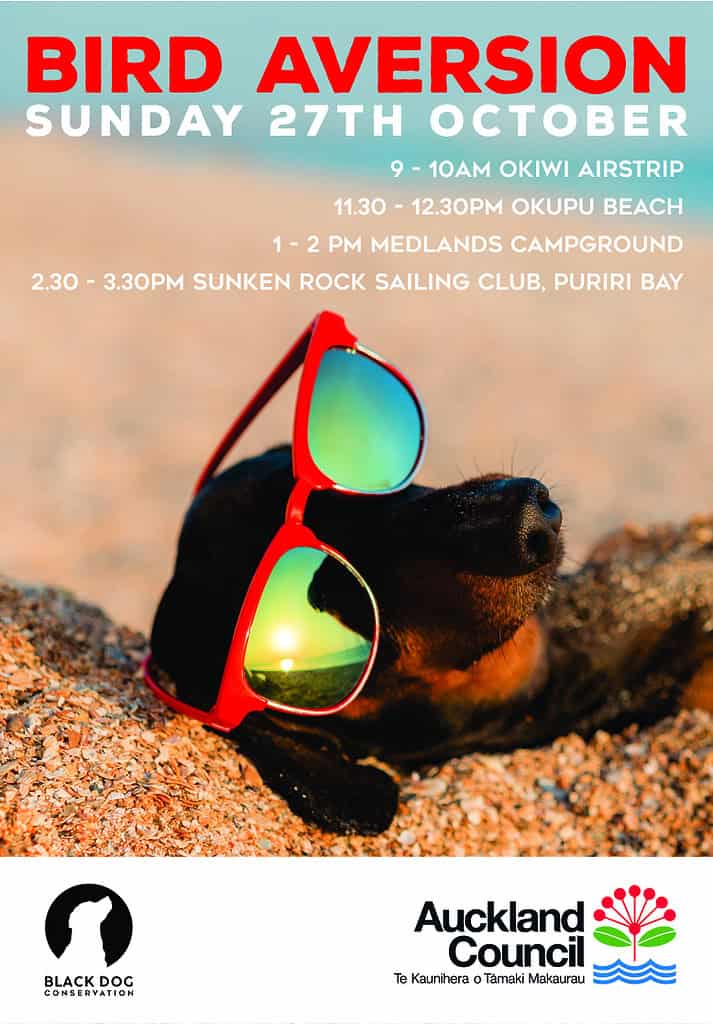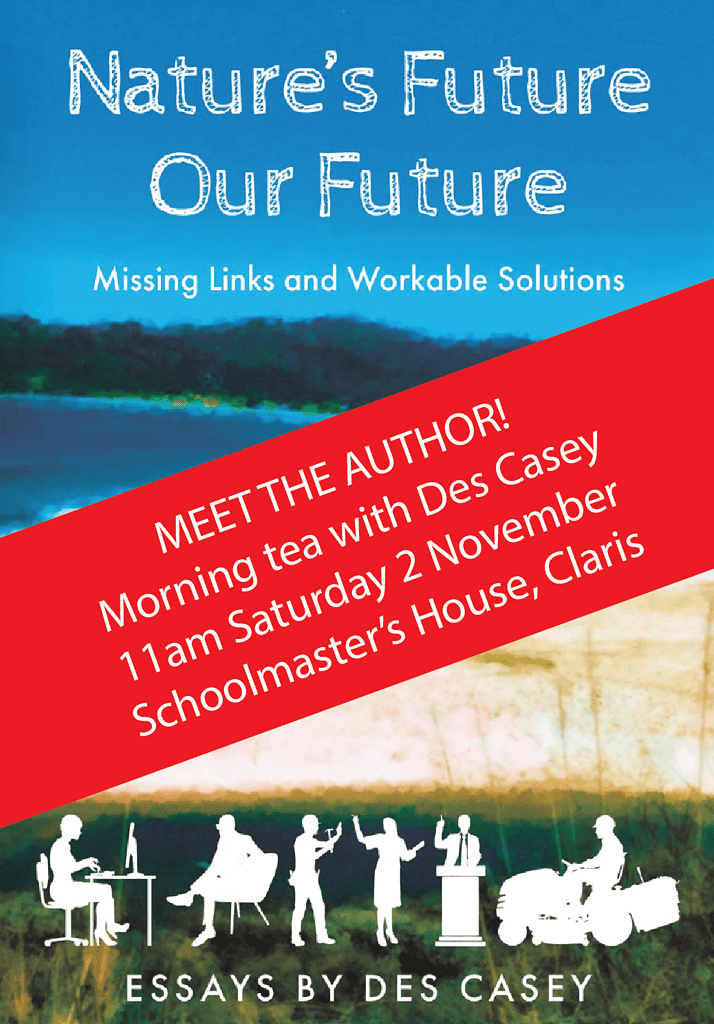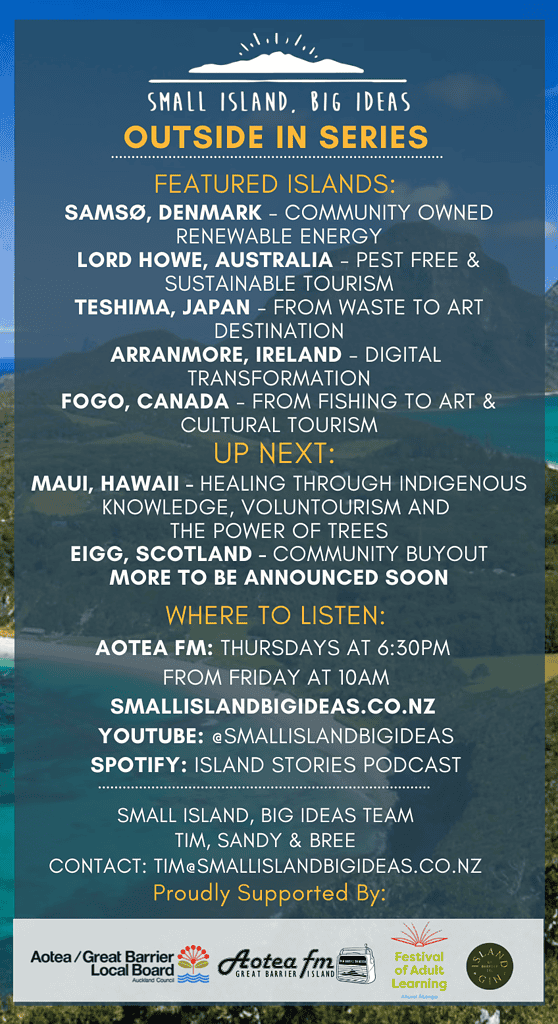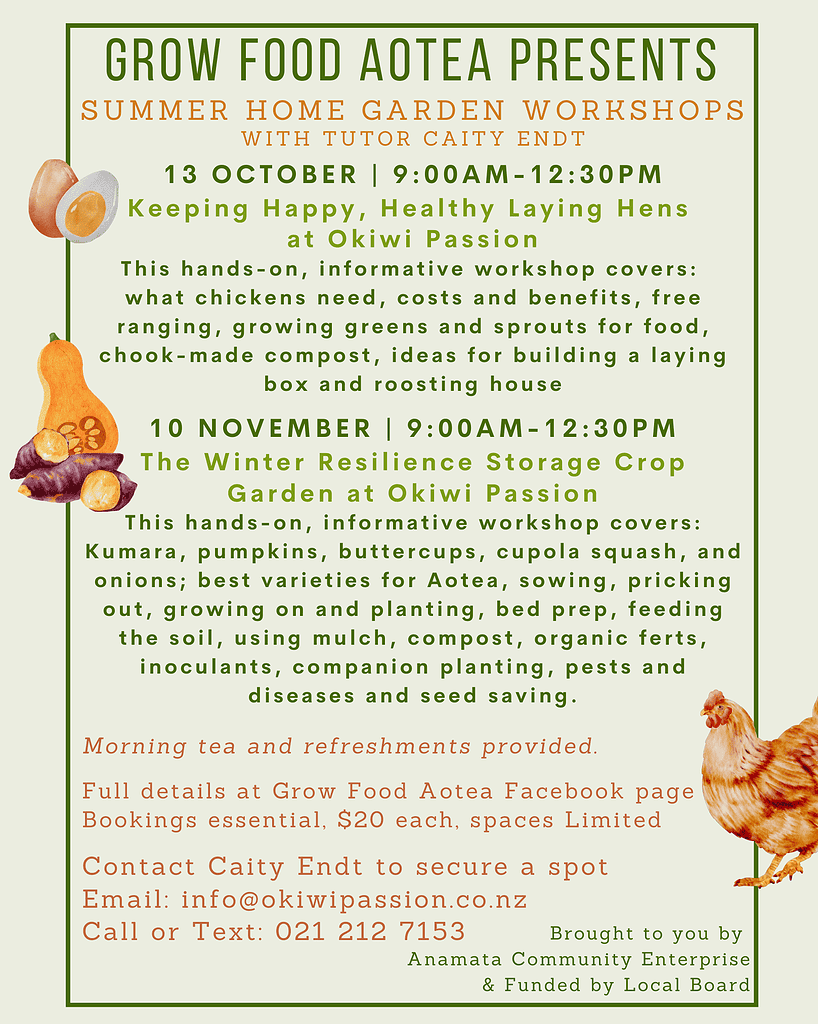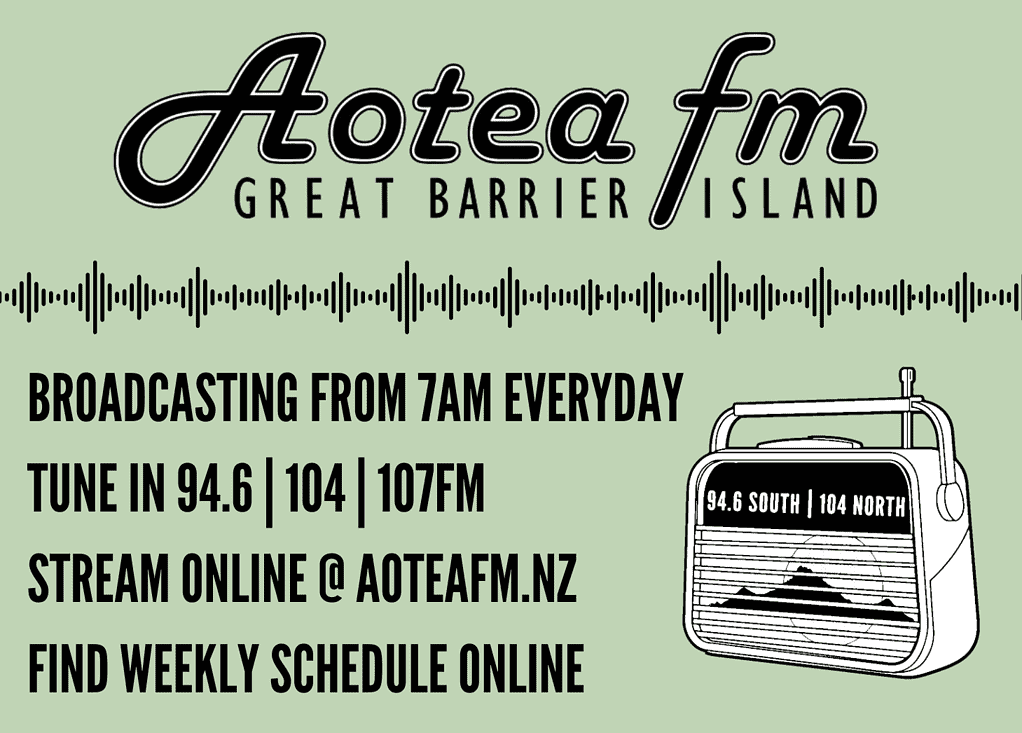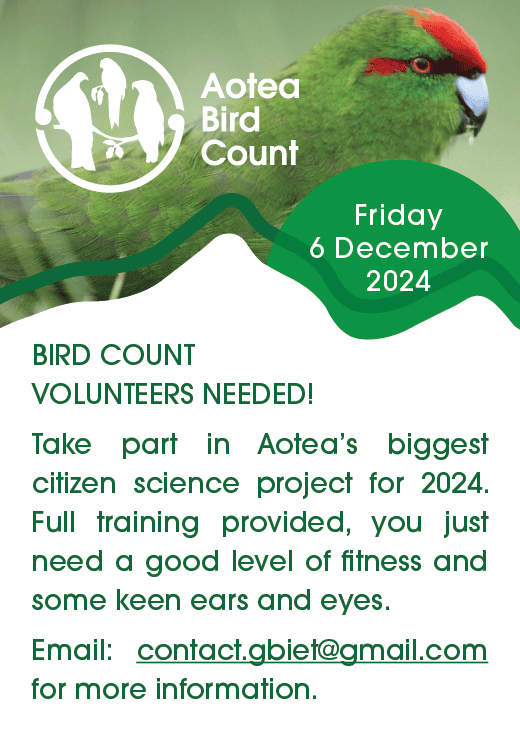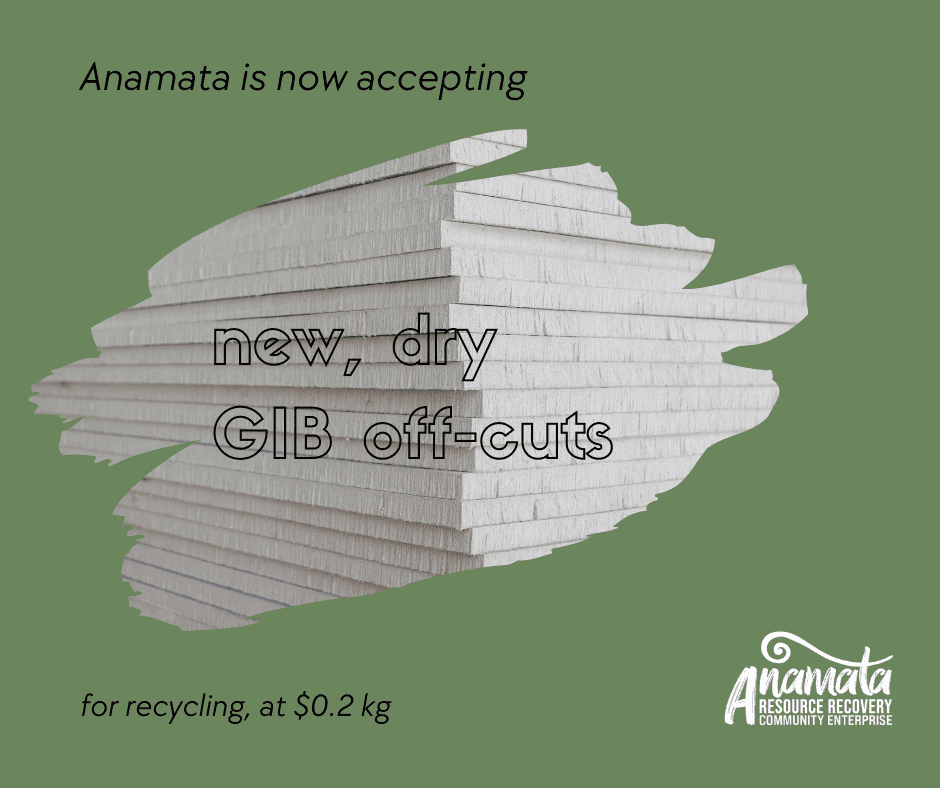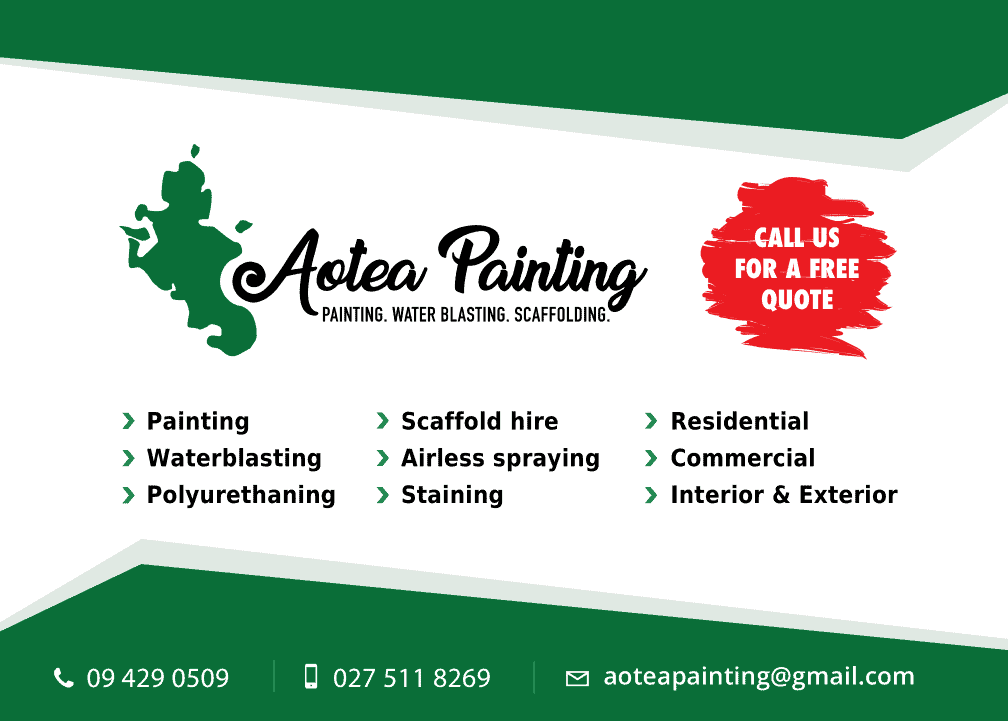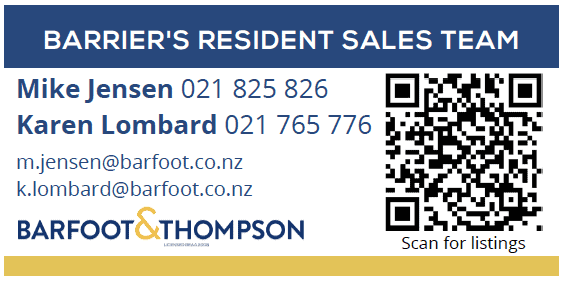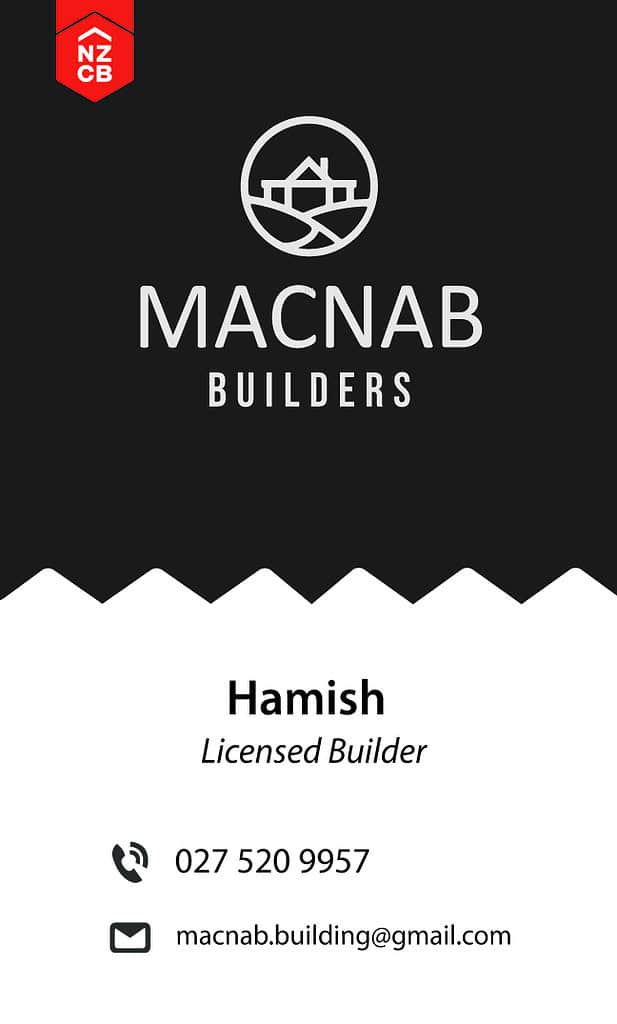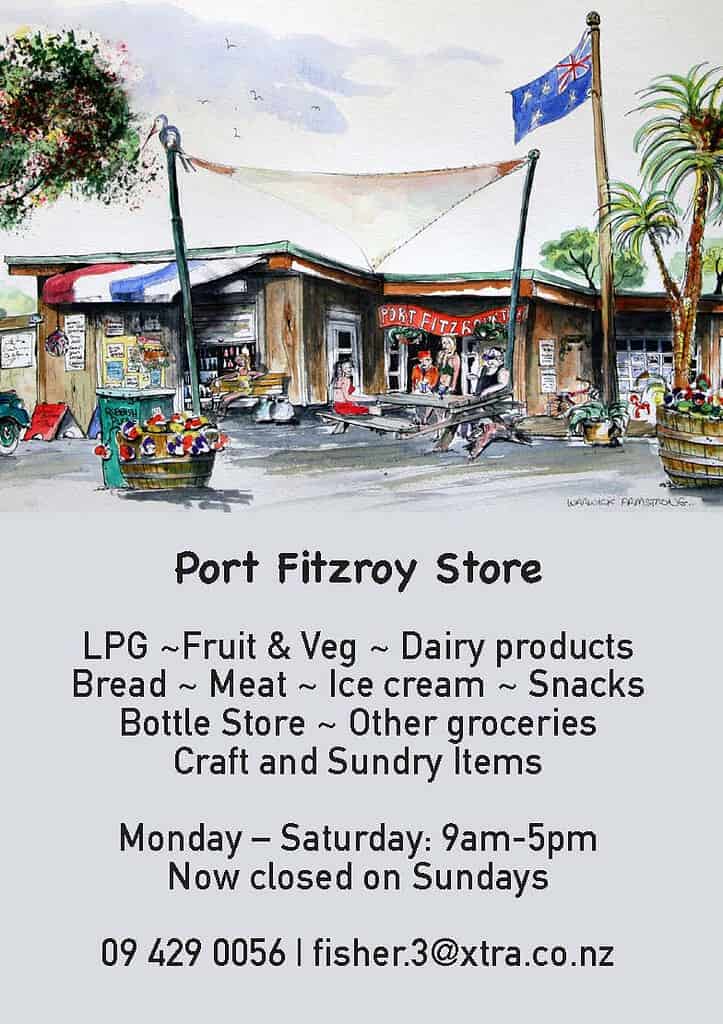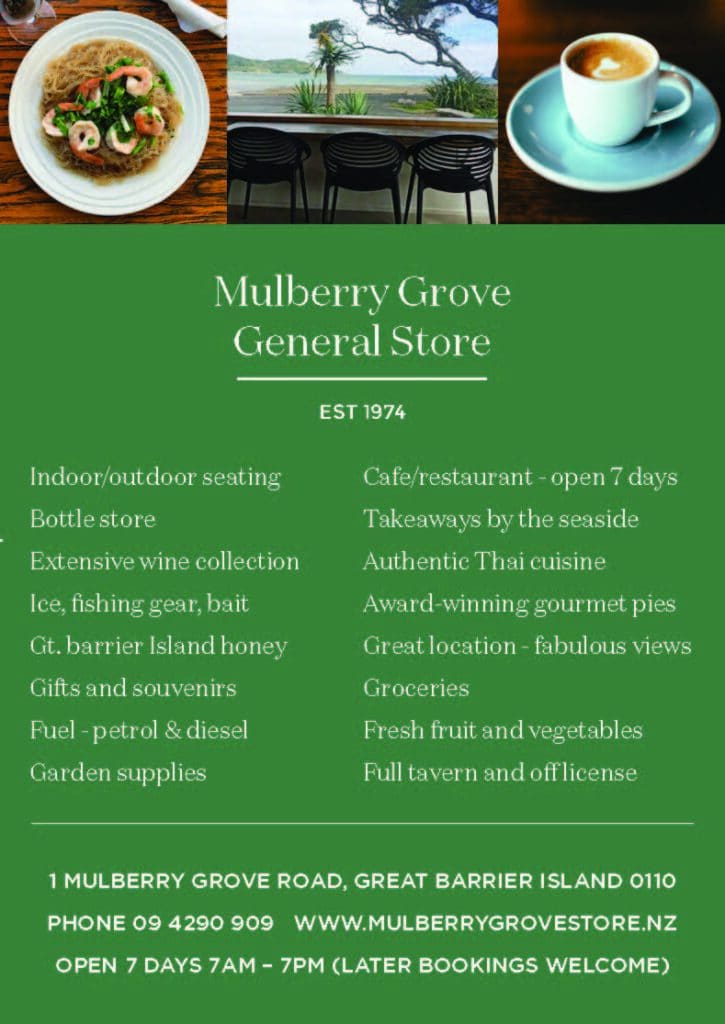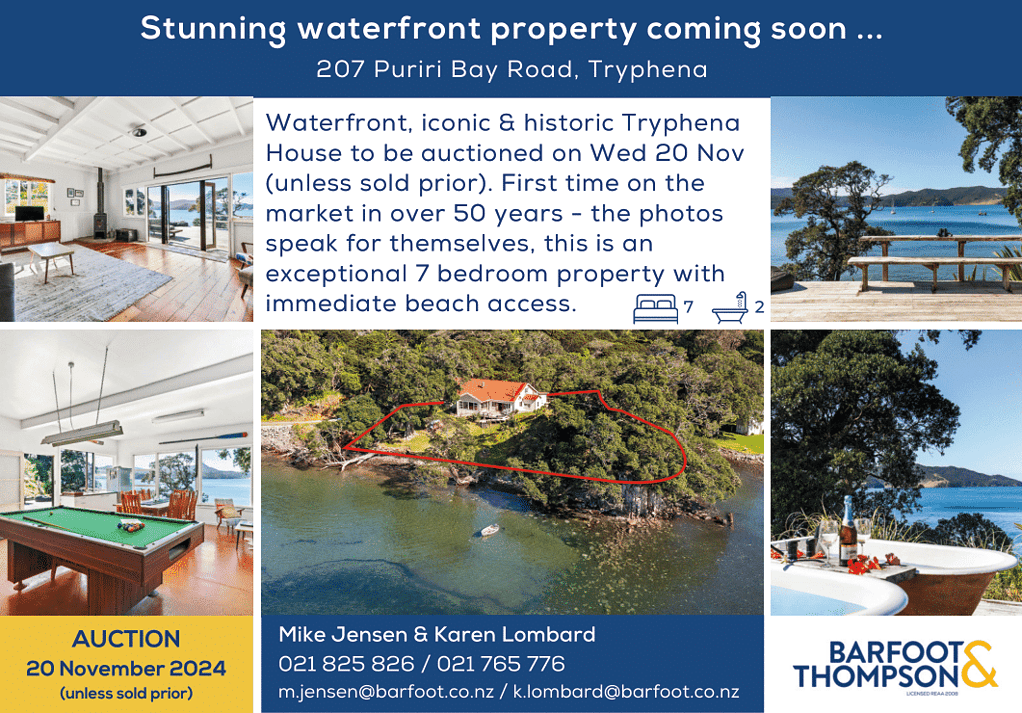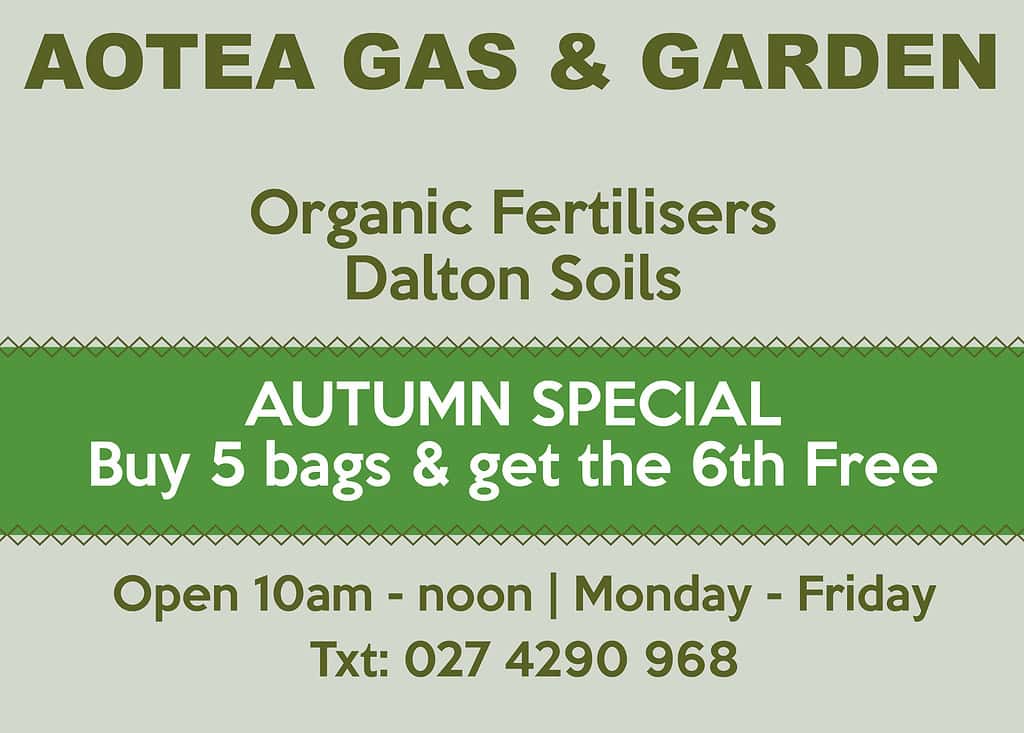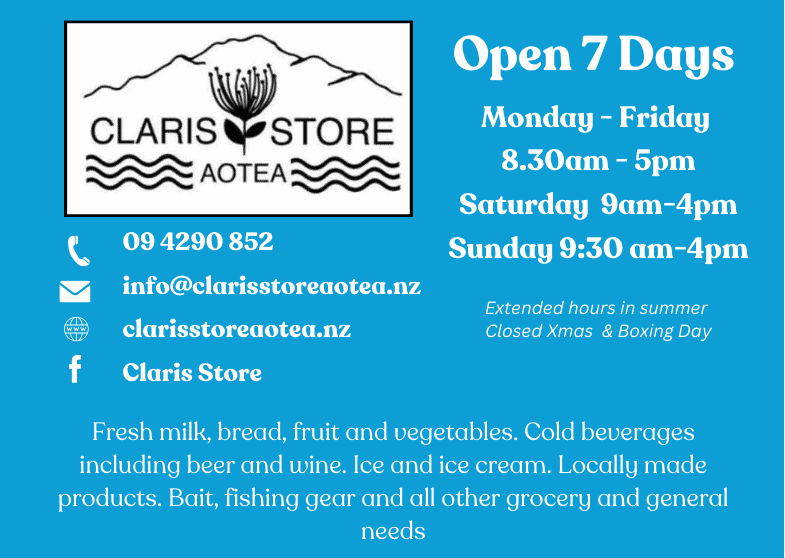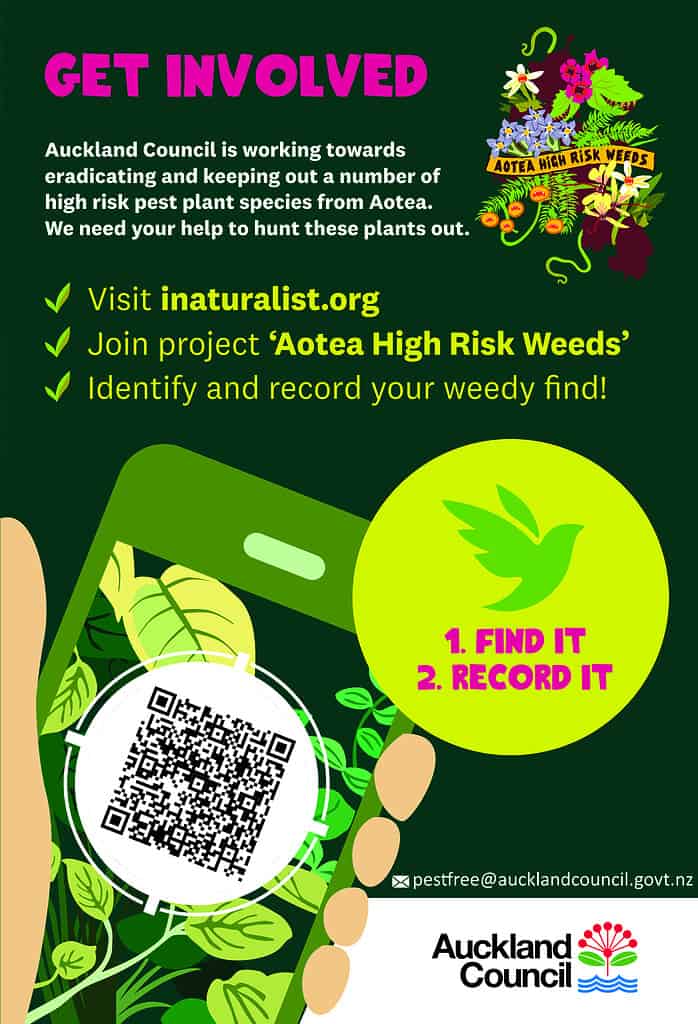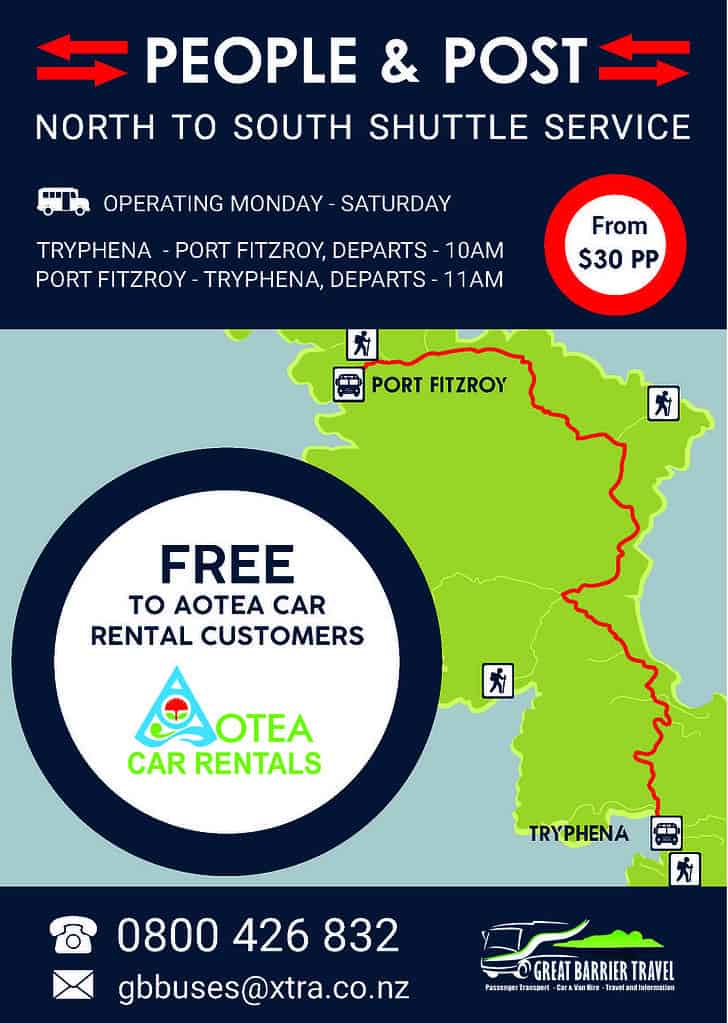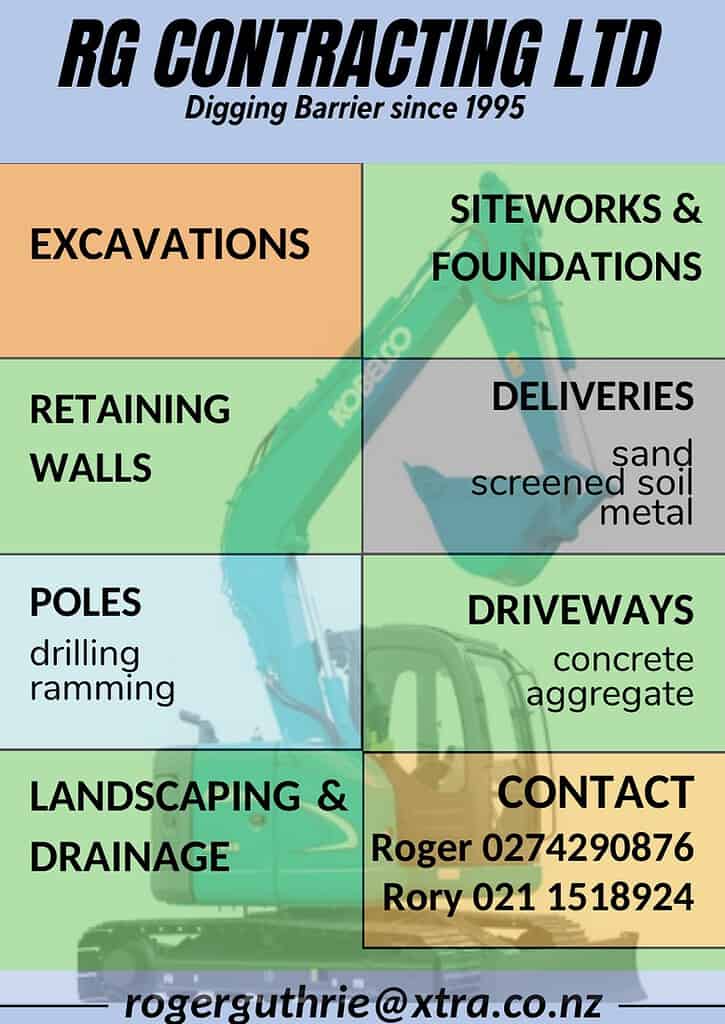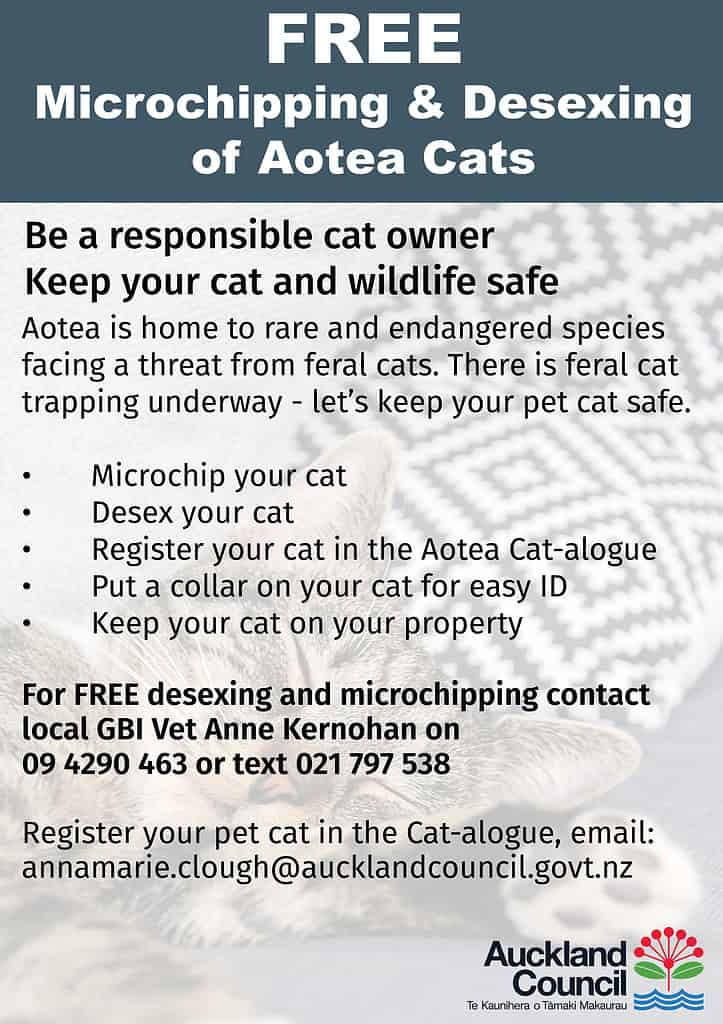From Aotea Great Barrier Island, Aotearoa New Zealand – Welcome to Small Island, Big Ideas, an ongoing festival of conversations and events created to take Aotea, and possibly the world, forward.
Small Island Big Ideas (SIBI) latest project “Outside In” is a podcast series that connects Aotea to other small (in fact, tiny) islands around the world which have undergone some sort of transformation through realising a ‘big idea’.
Thanks to input from many of those in our own community, we have scoured the globe to find other small islands, similar in size to our own, who’ve had a big idea that’s led to some sort of radical reinvention.
We are interested in how other small islands are facing the future. How have they acted on a ‘big idea’ that’s transformed their island community in a positive way? We will be sharing those conversations and learnings on this podcast for the next few months – one small island at a time.
Mid-Series Recap
We are midway through the series now and have a break between episodes this week. So far, we have explored five fascinating islands, each with their own story and unique ‘big idea’. A little recap of each follows:
Samsø, Denmark
First, we set off for Samsø, Denmark. We met Søren Hermansen, Director of the Energy Academy on the island. Samsø, located in Denmark’s Kattegat Sea, had historically relied on imported fossil fuels for energy. However, in the early 2000s, the island launched an ambitious strategy to achieve complete energy independence and carbon neutrality through renewable energy sources. They met their objectives and became the world’s first energy renewable island, and have been carbon neutral for years! They achieved energy self-sufficiency through community-owned wind turbines, solar panels, and biomass facilities. They export 80,000 megawatt hours of natural energy every year back to the mainland, with the proceeds flowing back into their community. We took a deep dive with Søren, a born and bred local, to learn about the island’s energy ownership journey and community involvement. Today, they have 45 electric car charging stations, as well as a new hybrid community-owned ferry and another fully electric one coming next year! Samsø is a real-life example of how small islands can thrive and become global leaders.
Or listen on Island Stories Podcast:
Lord Howe, Australia
We visited Lord Howe Island, a UNESCO World Heritage site and the first human-occupied island to be pest-free. They are committed to conservation and sustainable tourism, and we meet with Ian Hutton, a naturalist, photographer, and tour guide, to talk about how the island accomplished all of this, the successes and challenges along the way, and much more.
Read more about Lord Howe’s phenomenal journey here, as covered by Aotea Great Barrier Island Environmental Trust:
Rodent Eradication Operation
Environmental News: Lord Howe Island
Or Listen on Island Stories Podcast:
Teshima, Japan
Teshima Island was once home to nearly a million tonnes of industrial waste that was dumped illegally on the island’s western tip. The ever-expanding mountain of rubbish earned the island the nickname ‘Garbage Island’. Then, around the year 2000, an operation to remove the waste and restore the island began. Today, the island has been transformed, as it welcomes tourists keen to not only explore their world-class art museum, but the people and the natural surroundings of the island.
Or listen on Island Stories Podcast:
Arranmore, Ireland
Arranmore Island is located about five kilometers off the northwestern shore of Ireland, in county Donegal. This tiny island is 22 square km, is a 20 minute ferry journey from the mainland and has about 500 permanent residents. It has struggled for many years with an aging demographic and de-population, but in 2015 they set up a voluntary community council to try and mobilise action.
Our guest, Adrian Begley, sits on this community council and has been instrumental in what can be considered a digital transformation. He here shares how technology and connectivity was key in reviving their island community.
Or listen on Island Stories Podcast:
Fogo, Canada
Historically, Fogo island’s economy was entirely based around fishing cod. But due to the widespread depletion of fish stocks, a few decades ago, Fogo island faced a social and economic crisis. This is a story of how a government initiative, to use the creative arts, specifically film, as an instigator of social change, helped Fogo island realise it’s true potential.
Today, while fishing remains at the heart of Fogo’s identity and economy, the creative arts has been the key to the transformation of the island, which has emerged as an international destination for architecture, art and cultural tourism.
We talk with Susan Cull, Executive Vice President of Shorefast, a charity that was key to the transformation and reinvigoration of Fogo island. Susan is a ninth generation Fogo Islander, and while she moved away ostensibly for a university education, like many of Fogo diaspora, she returned with her family a few years ago to serve her community.
Sandy Burgham is joined by Sandy Callister, the founder of Aotea’s Artist in Residency Programme as our guest interviewer for this episode.
Join us on this fascinating journey of conversations, ideas and inspiration.
Watch Fogo
Or listen on Island Stories Podcast:
Upcoming Islands:
- Maui, Hawaii – Healing through indigenous knowledge, voluntourism and the power of trees
- Eigg Scotland – Community Buyout
- Haida Gwaii, Canada
- The final two to be announced soon!
Where to listen live:
AoteaFM Thursdays at 6:30pm
Find all episodes here:
YouTube @SmallIslandBigIdeas
Spotify @ Island Stories Podcast
Brought to you by:
Tim Higham, Sandy Burgham & Bree Biederman – the Small Island, Big Ideas team
Proudly supported by:
